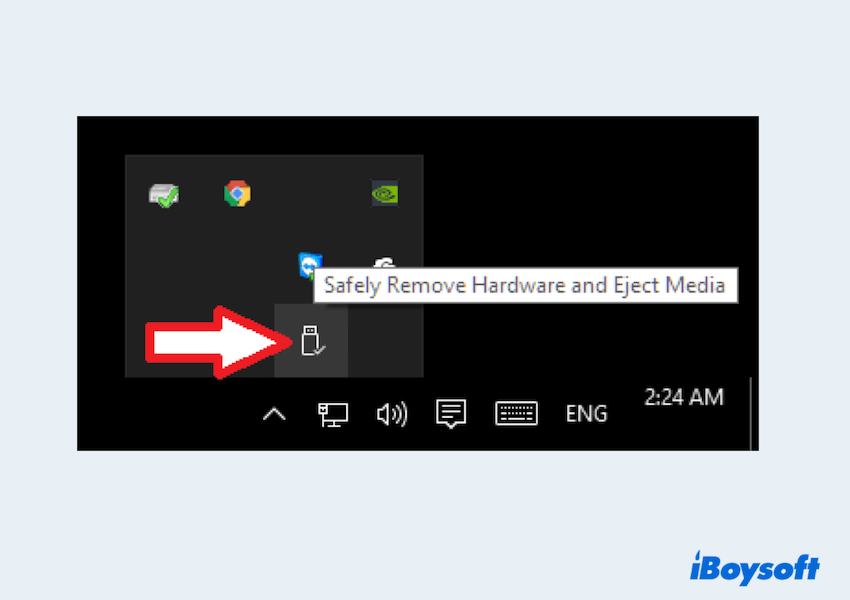What is an SD card reader? An SD card is a device that allows users to access data stored on Secure Digital(SD) cards. These cards are commonly used in cameras, smartphones, and other electronic devices to store photos, videos, and files.
So, an SD card reader acts as a bridge, enabling you to transfer the data to your computers. Compact and versatile, SD card readers have become an essential tool for managing digital content efficiently.
Uses, types, and key features of SD card readers
What is an SD card reader used for? Are there many kinds of it? Let's see the uses, types, and main features one by one.
SD card readers serve several practical purposes such as:
- Transferring photos and videos from cameras to computers for editing or storage;
- Creating backups of data stored on SD cards;
- Expanding the functionality of devices like laptops and tablets that may lack built-in SD card slots.
Types of SD card readers
- Built-in readers: Integrated into devices such as laptops or desktops.
- External readers: Portable devices that connect via USB or wireless technology.
- Multi-Card readers: Support multiple types of memory cards, including SD, microSD, and CompactFlash.
- Wireless readers: Allow data transfer without physical connections, perfect for mobile setups.
When choosing an SD card reader, consider these features seriously:
- Compatibility: Ensure it supports the card formats you use, such as SDHC, SDXC, or microSD.
- Data transfer speed: Look for readers that support UHS-I, UHS-II, or higher for faster performance.
- Connectivity options: USB-A, USB-C, and wireless options cater to various devices.
- Portability: Compact designs are ideal for on-the-go use.
Are these useful? Why not share?
How to use an SD card reader on Mac/Windows?
After knowing the basic information of what is an SD card reader, we can learn how to use an SD card reader on Mac or Windows.
How to use an SD card reader on Mac
- Insert the SD card into the reader.
- Connect the reader to your Mac via USB or insert the card directly if your Mac has a built-in slot.
- Open Finder and the SD card will appear as an external drive.
- Drag and drop files to or from the SD card to transfer data.
- Once done, right-click the card in Finder and select Eject before removing it.

If there is an issue, read: SD Card not Showing up, Reading, Recognizing on Mac.
How to use an SD card reader on Windows
- Insert the SD card into the reader.
- Plug the reader into a USB port or insert the card into the built-in slot if available.
- Open File Explorer and the SD card will show up as a removable drive.
- Transfer files by copying and pasting or dragging and dropping.
- Right-click the drive in File Explorer and choose Eject before removing the SD card.

Best SD Card Reader Recommendation
If you're looking for a reliable SD card reader, here are a few top recommendations:
- SanDisk Extreme PRO SD UHS-II USB-C Reader
- Anker 2-in-1 USB-C Memory Card Reader
- ProGrade Digital Dual-Slot Card Reader
- Lexar Professional Multi-Card 3-in-1 Reader…
Please share this post to help more people.
Conclusion
An SD card reader is an indispensable tool for anyone who frequently works with SD cards.
Whether transferring files, backing up data, or accessing multimedia content, it offers a simple and efficient solution. With various types and features to choose from, finding the right SD card reader for your needs can greatly enhance your daily workflow.
